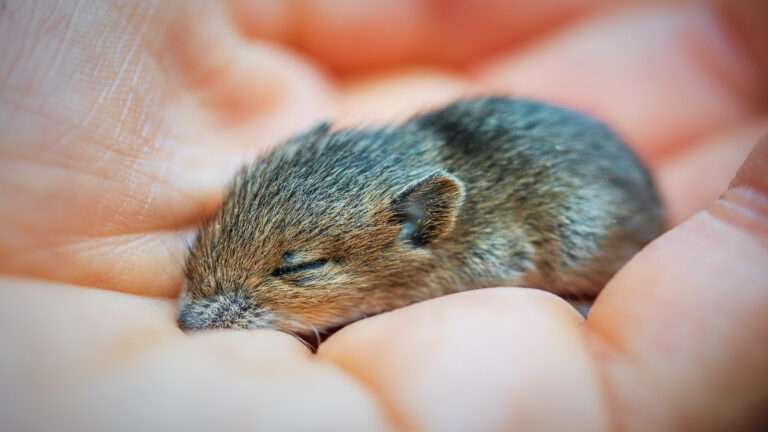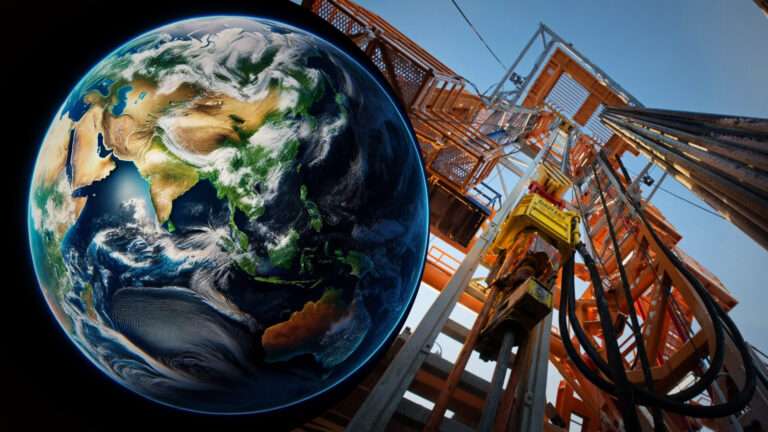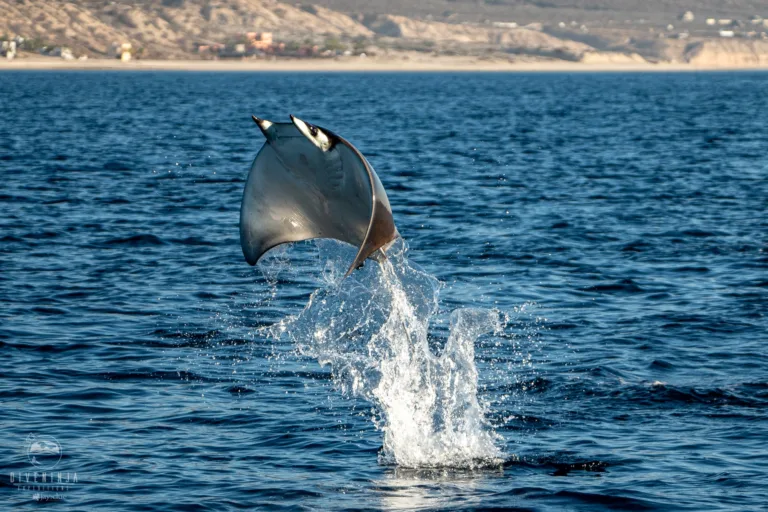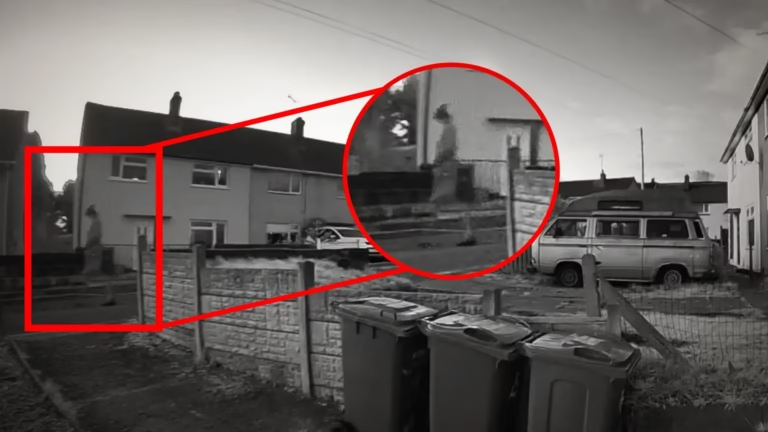The Continental Split: Africa’s Dramatic Transformation Over Millions of Years
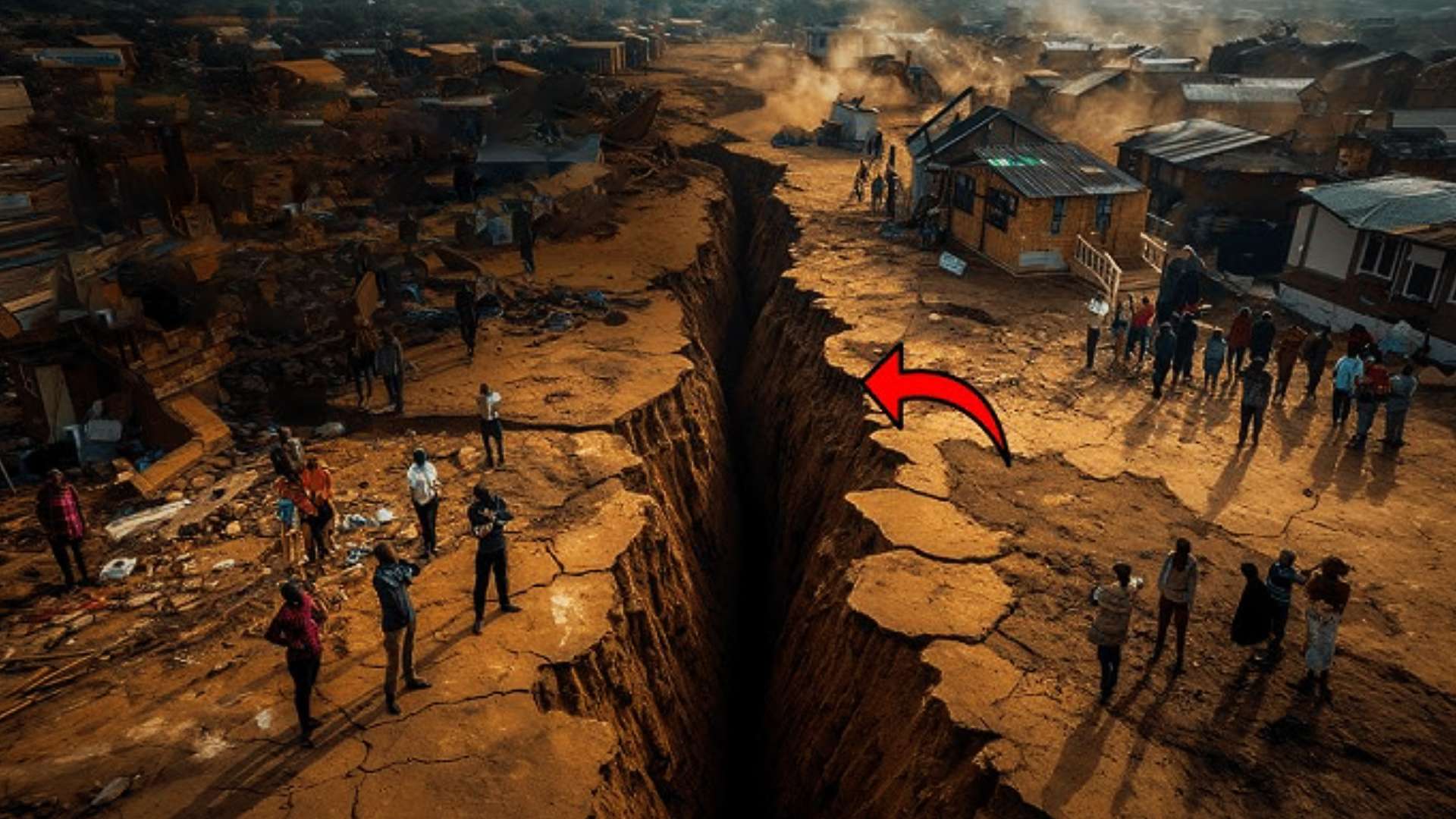
Continents don’t just stay put—they’re constantly shifting, though not at a pace we notice in our lifetimes. And one of the world’s most dramatic geologic events is happening right now along the eastern coast of Africa. Over the course of millions of years, Africa’s landscape is set to change dramatically, as tectonic plates slowly pull apart, creating an entirely new landmass and even an ocean. This might sound like science fiction, but experts say it’s very real—and it’s already happening. Let’s dive deeper into this fascinating process that’s unfolding beneath our feet.
The Great Continental Drift: What’s Happening to Africa?
The Earth’s continents have been moving ever since our planet formed, drifting slowly due to the shifting of tectonic plates. While we may not notice these changes day to day, over millions of years, they’ve reshaped the world. Currently, one of the most exciting (and in some cases, worrying) examples of this process is happening along the eastern coast of Africa.
According to geologists, the East African Rift, a giant crack stretching from the Red Sea to Mozambique, is splitting the African continent into two separate landmasses. And while it may seem like something that will only impact future generations, the reality is that it’s a process already underway.
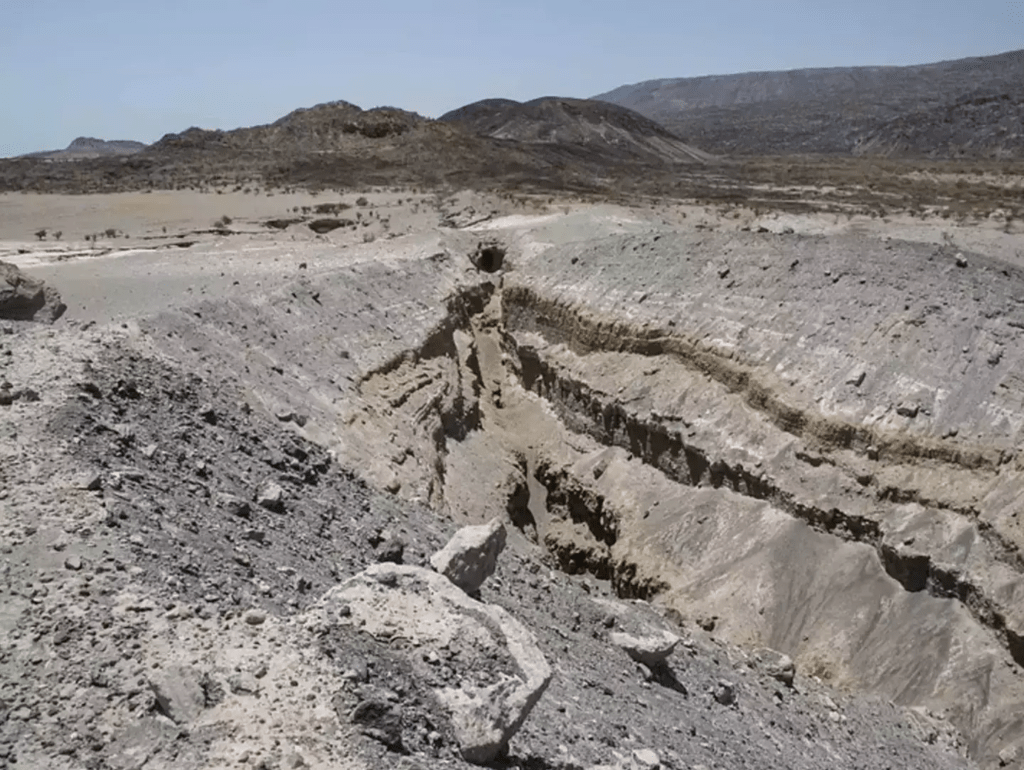
The Process of a New Continent
What we’re witnessing here is not just a dramatic crack in the Earth’s surface, but a geologic event that will eventually create an entirely new continent. But don’t expect this to happen tomorrow. While it’s difficult to predict precisely when this separation will happen, experts say the process could take anywhere from 1 million to 5 million years.
This means that our great-great-great-grandchildren may witness the very beginning of this split, but we won’t live to see the land truly break apart. Yet, despite the long timescale, the changes taking place today give us a glimpse into what’s coming.
The East African Rift: An Ongoing Geological Phenomenon
What is the East African Rift?
The East African Rift is a tectonic plate boundary where two plates are slowly drifting apart. It runs from the Red Sea in the north down to Mozambique in the south, cutting through countries like Ethiopia, Kenya, Somalia, and Tanzania. Over time, the Earth’s crust is being pulled apart by tectonic forces, creating huge fissures and cracks in the land.
In some places, these fissures have already split open, and the ground is slowly separating by just a few millimeters each year. While this might not sound like much, it’s significant when you consider the timescale over which this is happening. And in certain areas, the cracks are already quite noticeable.
Why Is This Happening?
This rifting occurs because two tectonic plates, the African Plate and the Somali Plate, are slowly moving away from each other. The result? A vast crack in the Earth’s surface, a rift valley, which over millions of years will expand and evolve. Eventually, the separation will be so wide that the land currently part of the eastern edge of Africa will break off to form a new landmass. Here’s more about how tectonic plates work.
The Future: A New Ocean and a New Continent
As the plates continue to pull apart, they will eventually create a new ocean between the separated landmasses. Professor Ken Macdonald from the University of California, a leading expert in tectonics, explained that it could eventually lead to the flooding of the East African Rift Valley by the waters of the Indian Ocean. This will result in a massive new ocean forming, transforming the geography of the region.
While the separation is happening slowly, the eventual impact is monumental. The rift will widen significantly, and in millions of years, a new ocean will flood the area, creating a new body of water and a new coastline for East Africa.
Social Media Reactions: The World Watches the Rift
This incredible geological phenomenon has caught the attention of people around the world. Here’s a peek at what people are saying on social media about Africa’s future split:
Twitter Post: “Africa is slowly splitting in two! 🌍 Over millions of years, a new continent could form along the East African Rift. The future of our planet is changing before our eyes. #TectonicPlates #ContinentalDrift” Check out the post on Twitter
Facebook Post: “Did you know that Africa is currently splitting into two continents? The East African Rift is pulling apart, and it could eventually form a new ocean. The earth is always evolving—amazing stuff! 🌍 #EastAfricanRift #Geology” Explore the discussion on Facebook
Instagram Post: “A glimpse of Africa’s future: The East African Rift is slowly opening up, and scientists believe that one day it will create a new continent! 😱🌍 #ContinentalDrift #RiftValley #EarthScience” View more on Instagram
LinkedIn Post: “Africa is literally changing shape! 🌍 The East African Rift is separating the continent, and scientists predict a new landmass will form in the next few million years. The impact of tectonic forces on our planet is astounding. #TectonicPlates #GeologicalScience #ContinentalChange” See the full conversation on LinkedIn
A Long Way Off, But Why Should We Care?
It might be hard to imagine how this could affect us today, especially given the fact that the full separation of the continent is still millions of years away. But the process won’t be without its consequences. Earthquakes, volcanic eruptions, and even dramatic changes to the landscape will be part of this transformation.
Volcanoes and Earthquakes in the Rift
The East African Rift is already a hotbed of volcanic activity and seismic shifts. There have been numerous volcanic eruptions in this region over the years, and earthquakes are not uncommon. As the plates continue to pull apart, we can expect these events to become more frequent and intense.
Learn more about the earthquakes in the region here.
What Will the Future Hold for East African Countries?
Over the coming millions of years, the countries currently located in the East African Rift zone will experience significant changes. The rift will continue to sink lower and lower, eventually allowing the ocean to flood in. This will not only split countries in two but also dramatically change the coastline of the region.
Some countries, such as Kenya and Tanzania, will gain a coastline that they don’t currently have. On the other hand, countries like Ethiopia and Somalia may find themselves divided by an ocean, with portions of their landmass cutting off from the rest of the continent.
What Happens to These Countries?
Given that this transformation is happening over such a long time, it’s difficult to say exactly what will happen to these countries. Political borders may change, or even disappear entirely, as the land continues to shift. However, the geological changes themselves will have lasting effects on the environment, wildlife, and human populations living in the region.
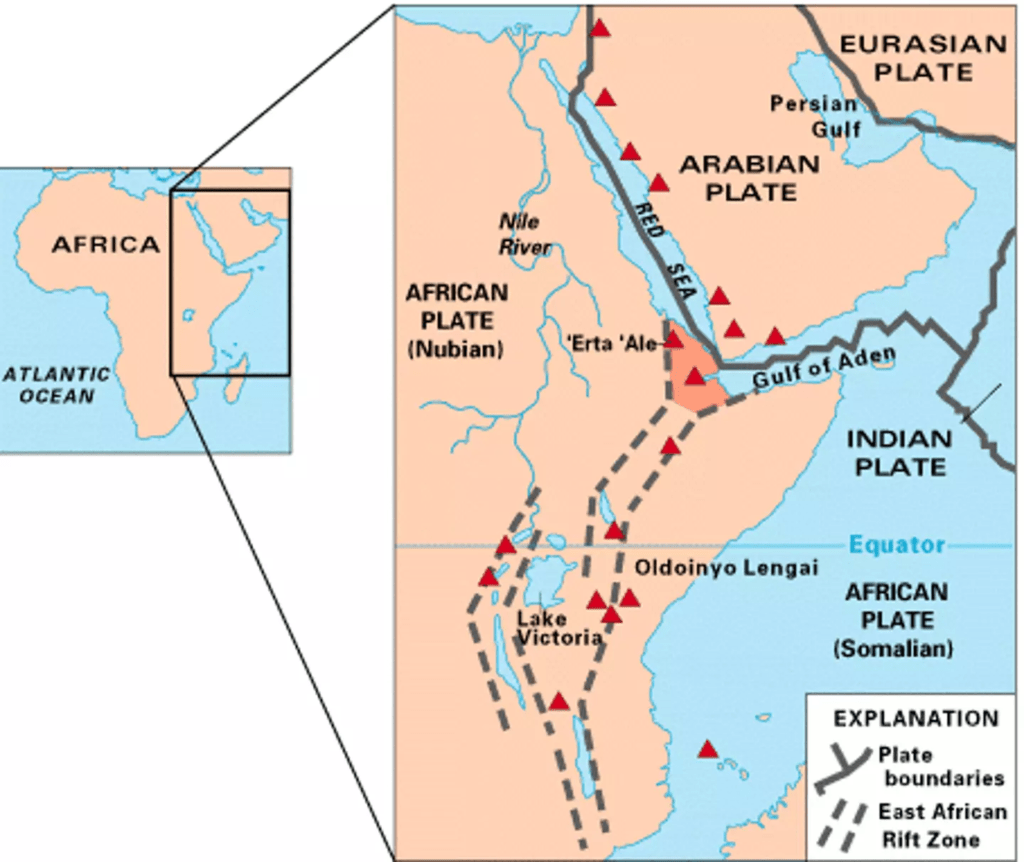
Get updates on how tectonic changes affect people and wildlife.
How Does This Relate to Climate Change?
Geological changes like the rift are slow, but they can still impact our environment and climate. As the landscape changes, so does the climate in the affected areas. For example, volcanic eruptions can release gases that affect the atmosphere, and the creation of a new ocean could change global ocean currents.
However, climate change caused by human activity is happening much more quickly than these geological processes. Find out how the world is preparing for climate change and its long-term impacts on ecosystems.
Will We See It Happen in Our Lifetime?
Though it’s fascinating to think about, this process will likely unfold far beyond our lifetimes. The actual splitting of the continent and formation of a new ocean is millions of years away. But the effects, such as earthquakes, volcanic eruptions, and the gradual widening of the rift, will continue to shape the region for centuries to come.
As we study these processes, we can better understand the dynamic nature of our planet. It serves as a reminder that Earth is always changing, whether we notice it or not.
Conclusion: A Changing Planet
The East African Rift is a living example of Earth’s never-ending transformation. While we may not live to see the creation of a new continent and ocean, the changes happening today will leave a lasting mark on the planet’s future.
As experts continue to monitor the rift’s progress, it’s clear that the future of Africa—and the world—will be shaped by these slow, powerful forces. And while we may be mere observers in this geological event, understanding it today can help us better prepare for tomorrow.
For more information on the science behind tectonic plates and how they shape our world, visit this link.
Featured Image Credit: CBS News


